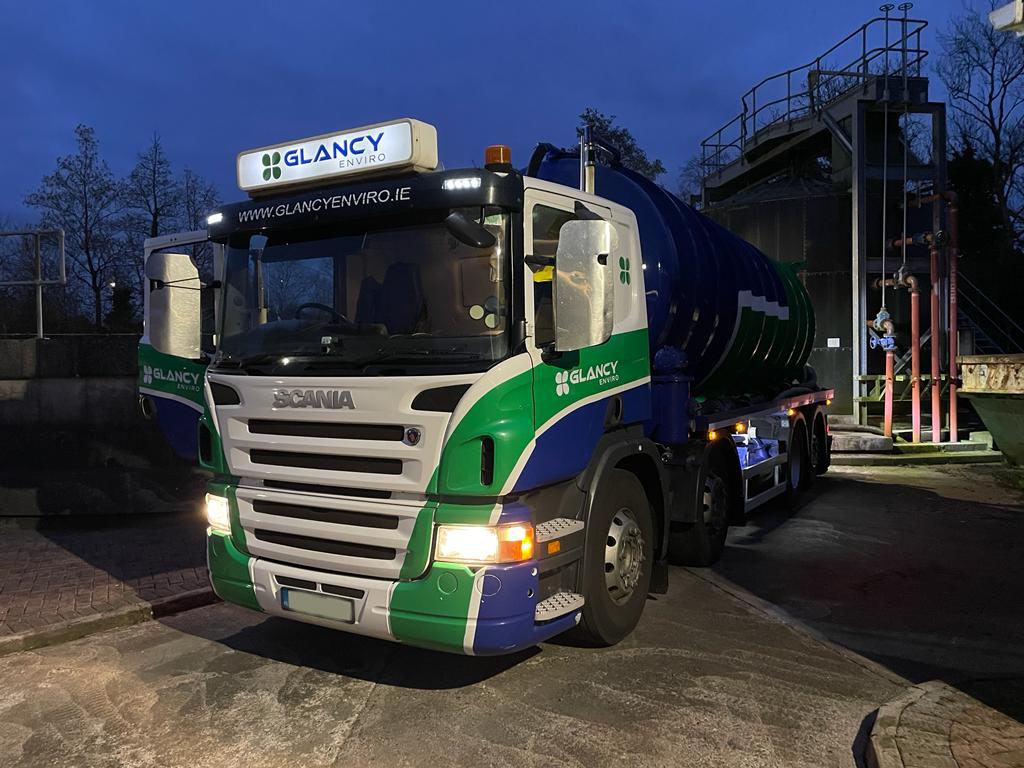4 Simple Techniques For Reclaim Waste
4 Simple Techniques For Reclaim Waste
Blog Article
6 Simple Techniques For Reclaim Waste
Table of ContentsThe Main Principles Of Reclaim Waste A Biased View of Reclaim WasteThe Greatest Guide To Reclaim WasteThe Definitive Guide for Reclaim WasteThe Basic Principles Of Reclaim Waste
Residential sewage waste refers to the waste and products from a household septic storage tank. The correct administration and disposal of residential sewage waste need fluid waste to be transferred to a sewer therapy plant where the appropriate approaches and equipment are used to purify and dispose of waste.
Commercial waste commonly includes prospective threats, such as flammable products or a mixture of liquid and solid waste items, and calls for a more sophisticated and detailed disposal process. The disposal of industrial waste normally involves the filtering of waste prior to transport to guarantee risk-free and correct disposal. Industrial waste is produced from by-products and drainage of commercial procedures and production.
This type of waste can not utilize the very same sewer management transportation or procedures as septic or commercial liquids. The hazardous waste administration procedure calls for the examination and screening of liquid waste before it undergoes the disposal process (liquid waste disposal). Drainage waste is the fluid waste that originates from drainage and excess stormwater in extremely populated locations or cities
Overflow waste can trigger contamination and flooding if not dealt with correctly. Ensuring correct waste monitoring can stop catastrophes and decrease ecological damage.
Getting My Reclaim Waste To Work
Call PROS Solutions today to find out regarding our waste management and disposal services and the correct methods to look after the liquid waste you generate.
(https://www.easel.ly/browserEasel/14532007)This supposed 'wastewater' is not just a crucial source however, after treatment, will be launched to our land, waterways or the sea. Used water from commodes, showers, baths, cooking area sinks, laundries and commercial processes is understood as wastewater.

water utilized to cool equipment or clean plant and tools). Stormwater, a form of wastewater, is drainage that flows from agricultural and city areas such as roof coverings, parks, gardens, roadways, courses and gutters into stormwater drains pipes, after rain. Stormwater streams without treatment directly to neighborhood creeks or rivers, ultimately getting to the sea.
Reclaim Waste - Truths
In Queensland, many wastewater is treated at sewage treatment plants. Wastewater is moved from residential or commercial websites via a system of sewage systems and pump stations, referred to as sewerage reticulation, to a sewage therapy plant. City governments build, maintain and run most sewer treatment plants. Operators are licensed under the Environmental Management Act 1994 to discharge treated wastewater at an acceptable environmental requirement into waterways.
The Division of Natural Resources suggests neighborhood governments concerning managing, operating and maintaining sewerage systems and treatment plants. In unsewered locations, city governments may call for householders to install specific or household sewer treatment systems to treat residential wastewater from commodes, kitchens, restrooms and washings. The Division of Natural Resources authorises the use of home systems when they are verified to be efficient.
In some brand-new neighborhoods, therapy of some stormwater to eliminate litter, sand and crushed rock has actually begun making use of gross contaminant catches. Wastewater treatment takes place in four phases: Removes solid issue.
Wastewater then moves into big i loved this tanks where solids resolve and are removed as sludge. Oil and residue are skimmed from the surface. Makes use of tiny living organisms called micro-organisms to damage down and get rid of staying liquified wastes and fine bits. Micro-organisms and wastes are included in the sludge. Removes nitrogen and phosphorus nutrients that might create algal blooms in our waterways and threaten aquatic life.
All about Reclaim Waste
Nutrient removal is not readily available at all sewage treatment plants since it requires expensive specialized tools. Clear fluid effluent created after treatment may still contain disease-causing micro-organisms - liquid waste disposal melbourne.

Many wastewater moves into the sewage system. Under the Act, regional governments provide approvals and permits for environmentally pertinent activities (Ages) involving wastewater launches that might have a regional impact.
Some Known Incorrect Statements About Reclaim Waste
Otherwise, examples are considered laboratory analysis. Usually numerous tests are required to develop the degrees of each of the different pollutants such as oils, heavy steels and chemicals in water. Monitoring supplies valid details about water high quality and can verify that permit problems are being fulfilled. The details gotten through monitoring offers the basis for making water high quality decisions.
Report this page